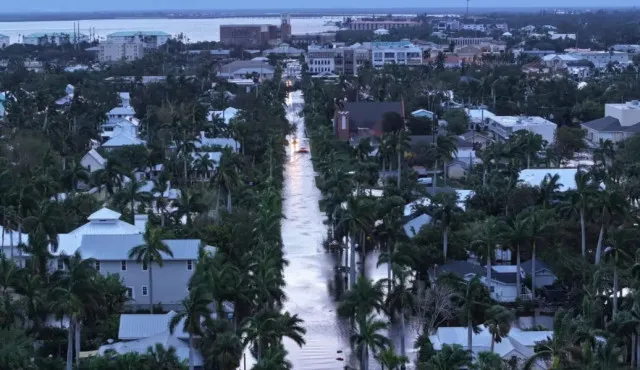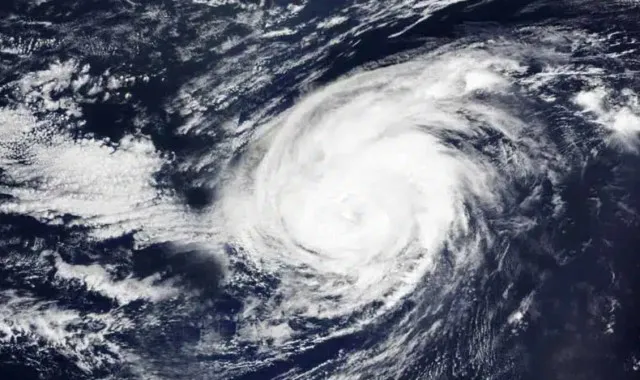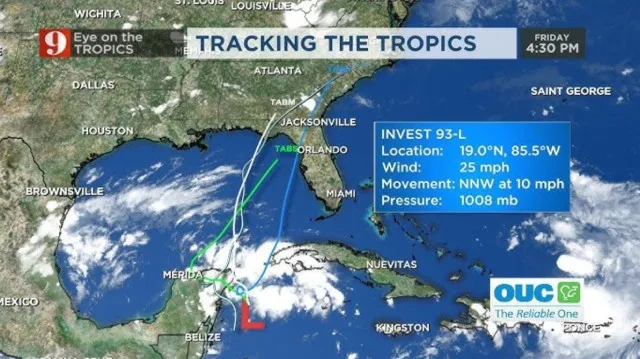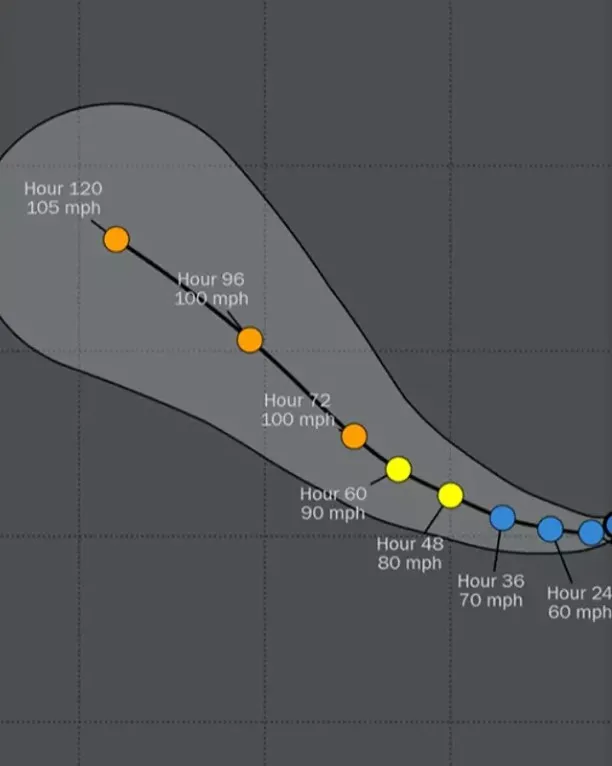Meteorologists are urgently tracking two new storms after Hurricane Milton impacted Florida. Residents must prepared for potential threats.
Hurricane Milton caused severe damage to Florida
As Hurricane Milton wreaks havoc in Florida, meteorologists are now monitoring two additional storms developing over the Atlantic Ocean.
While Hurricane Milton has been causing significant destruction, these new storms are also capturing the attention of weather experts.
Hurricane Milton made landfall on October 9, 2024, and was initially classified as a powerful Category 5 storm.

However, it was later downgraded to a Category 3 hurricane.
Despite this downgrade, Milton has still brought strong winds and heavy rainfall, leading to widespread damage.
Nearly three million homes and businesses have lost power, and there have been reports of fatalities due to the storm surge and high winds.

Meteorologists are urgently tracking two more storms following Hurricane Milton hit on Florida
Hurricane Leslie
The two new storm systems are currently being observed by meteorologists.
The first storm, named Hurricane Leslie, intensified in the northeast Caribbean and has now been classified as a Category 1 hurricane.
This is the lowest category for hurricanes, but it still poses risks.
Leslie is smaller compared to Hurricane Milton, but it is gaining strength and could potentially become more dangerous.

Hurricane Invest 93L
The second storm is known as Invest 93L, which indicated that it is a low-pressure system.
This storm is located several hundred miles north of Puerto Rico and the Dominican Republic.
While it is not yet classified as a hurricane, meteorologists are keeping a close eye on it.
If its winds reach the minimum speed required for a Category 1 hurricane, it will be named Hurricane Nadine.
Currently, Invest 93L has sustained winds of about 85 mph and is moving northwest at around 10 mph.

Experts predicted the approach rate of these storms to the US is very low
Experts have stated that neither of these storms is expected to make landfall on the U.S. mainland unless there is a significant change in their strength or direction.
However, meteorologists caution that weather can be unpredictable.
Tom Kines, a senior meteorologist at Accuweather, noted that while the likelihood of these storms impacting the mainland is low, it is not impossible.
Accuweather senior meteorologist Tom Kines said: “I don’t want to say it’s a zero percent chance.
“But because, you know, Mother Nature, she’s got ways to throw us curve balls. It’s unpredictable, but I just don’t see.”

Hurricane Milton remains the primary concern for meteorologists.
It is considered the most dangerous storm at this time, and its effects are being felt across Florida.
The storm has caused extensive damage, including roofs being torn off buildings and flooding in many areas.
Emergency services are working hard to respond to the needs of affected residents.
Meteorologists recommend following local news and weather updates to understand the changing conditions.
Being prepared can make a significant difference in ensuring safety during severe weather events.